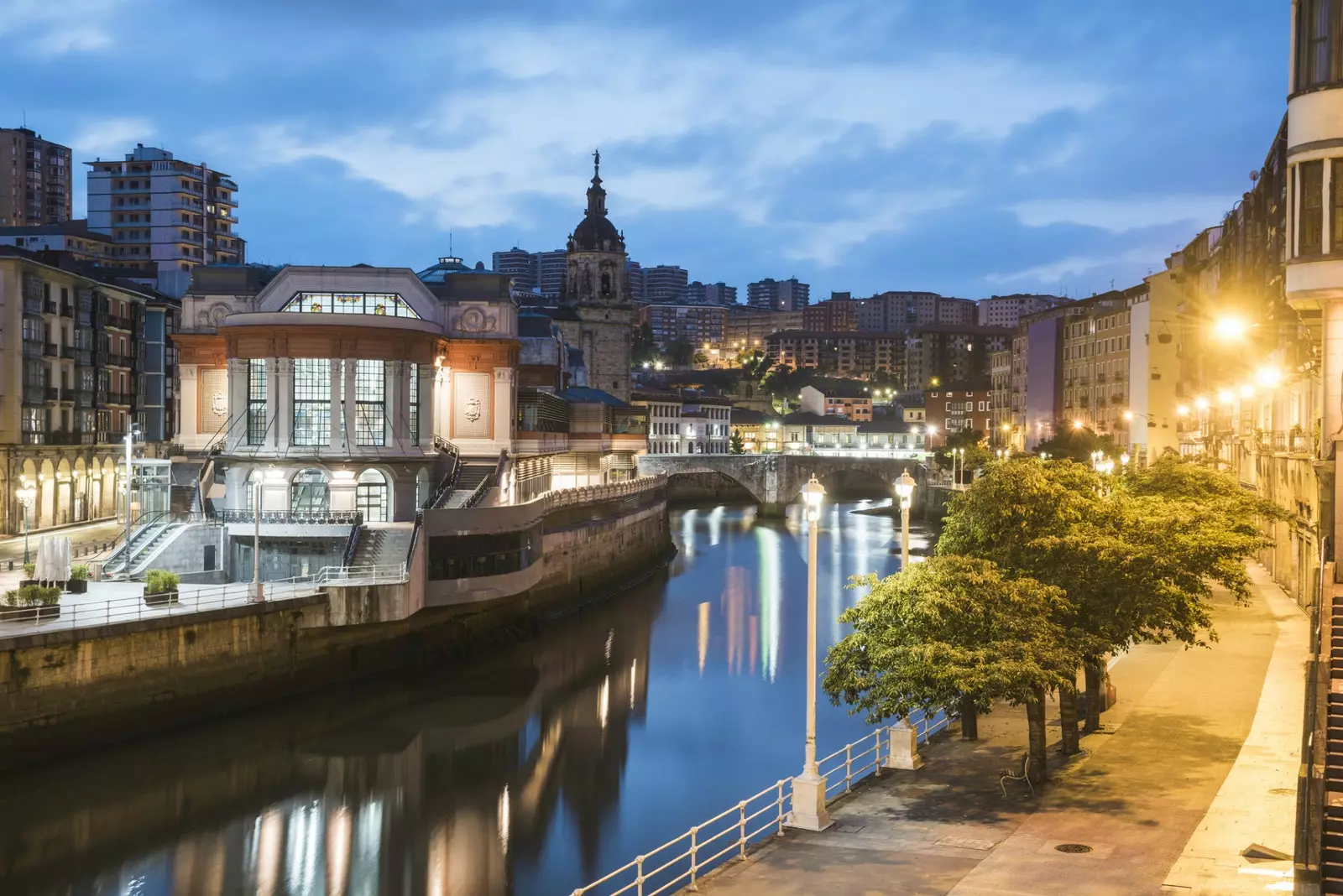
The Ribera Market in Bilbao is the largest covered market in Europe.
I swear I've tried! I had only self-imposed two conditions before embarking on my last traveling tour of Bilbao and its surroundings: "You will not let gastronomy guide your steps and, this time, you won't need to visit the Guggenheim Museum" (as much as Jenny Holzer is installed there with Lo Indispensable) . Well, as expected, I ended up failing my first premise.
Call it traveling trade hazards, call me a glutton, as you prefer, but it is impossible to get so close, even stealthily, to one of the best cuisines in the world and that it does not catch you with its creative claws and devour you with its insatiable appetite for improvement.
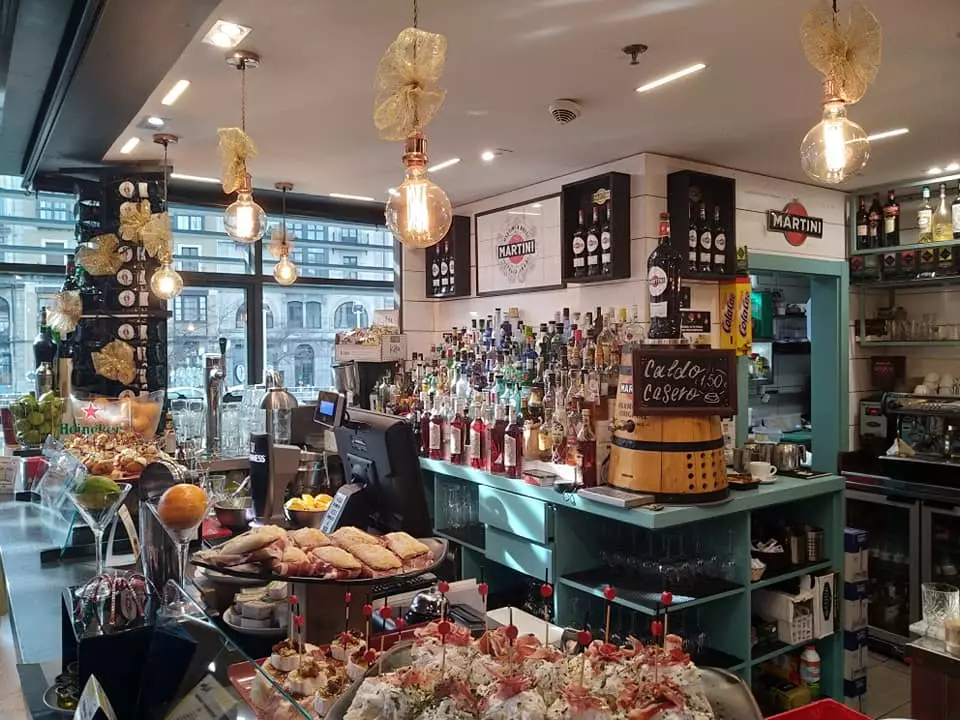
One of the food stalls at Mercado de la Ribera, in Bilbao.
FRIDAY
You will arrive in the capital of Vizcaya at bedtime, which does not mean that the city sleeps. The Old Town of Bilbao condenses in its famous Seven Streets (and in some others) the tavern and commercial essence that has so marked the character of the city and its inhabitants. Today, this pedestrian zone guarded by the estuary is still the preferred place to have pintxos and txikitos, the most popular Euskadi brand and recognizable.
Outside this old walled area now too It is customary to socialize in the gastrobars of the Mercado de la Ribera _(Ribera, s/n) _ , the largest covered in all of Europe. Stalls selling gildas, Cantabrian cuisine, vermouth bars, wine bars and breweries with a modern appearance and local products make up the gastronomic offer of what is one of the most visited buildings in the city.
I chose to sleep in the new hotel ** Tayko Bilbao ** for its strategic location, on Calle de la Ribera, in front of La Merced bridge, which takes you straight up to the eponymous 17th-century church renamed Bilborock, an avant-garde space whose cultural offer includes live music concerts.
My strategy to stay away from Gehry's great structure seemed correct, in this curve of the Nervión there are no titanium volumes in sight, but there are stately buildings like the one that occupies the hotel, a building that dates from 1924 and It boasts of being the first to be built with a concrete structure in the Old Town. A structure that the Angulo Arquitectura studio has intelligently and respectfully left visible in order to enhance its heritage character.
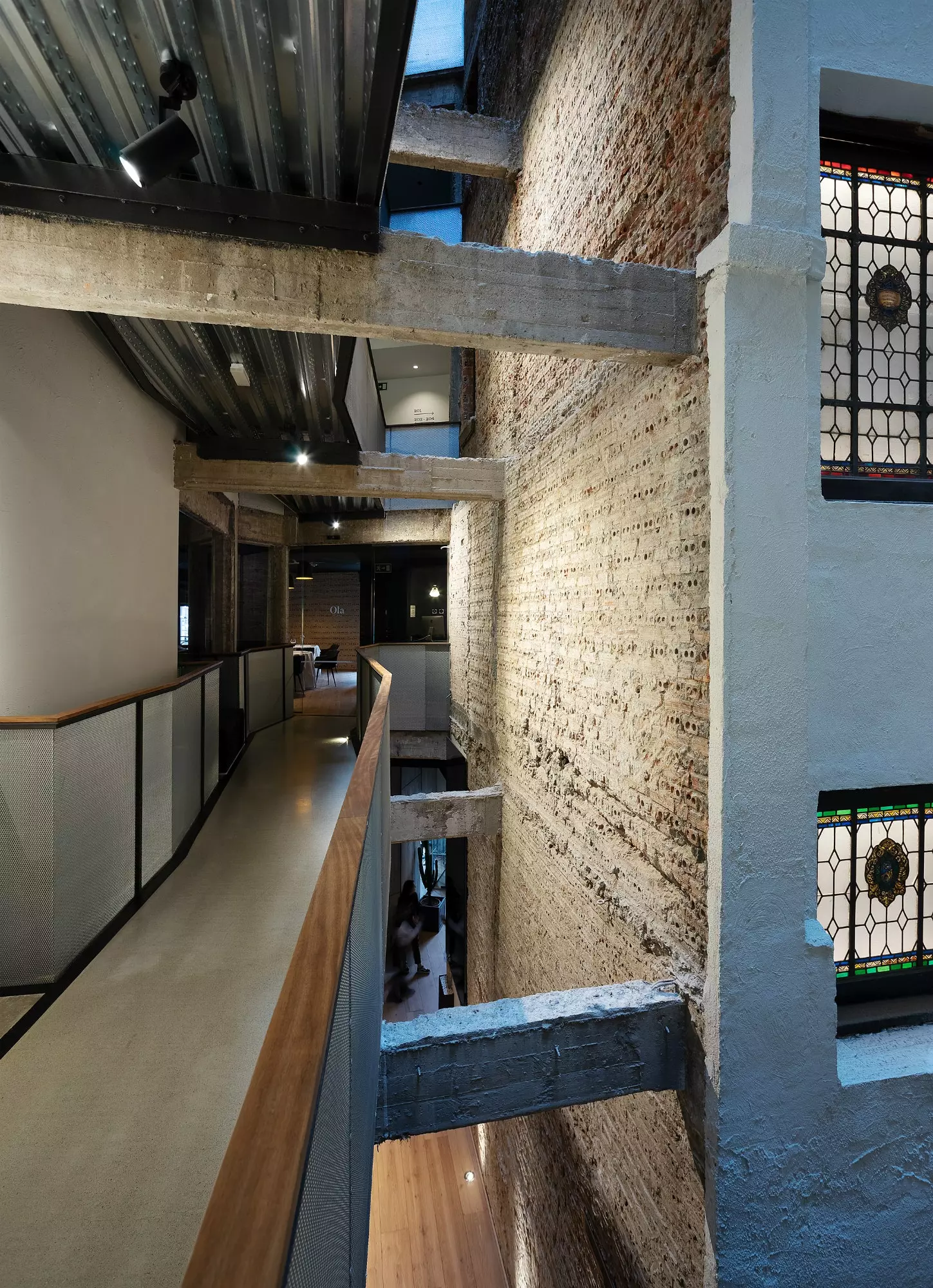
Concrete structure and original stained glass windows in the Tayko Bilbao hotel.
in Tayko everything is delightfully contemporary: its system of walkways, its exposed brickwork, its headboards also made of concrete and its (great!) Ola restaurant, designed by Martín Berasategui. I knew instantly that I was not going to be able to escape from these gastronomic volumes.
Grilled scallop melted in Iberian on a seabed with anise and sea urchin foam, 'Luismi' sirloin (trusted butcher from whom the chef buys his meat) grilled on a bed of chlorophyll and chard and slices of Iberian and , to finish, a veil of saffron pistils with an orange mousse and an earl gray tea ice cream. dinner was a real tribute, like the one that Berasategui wanted to pay to his mother and his aunt by baptizing the restaurant with the first three letters of his last name, Olazabal.
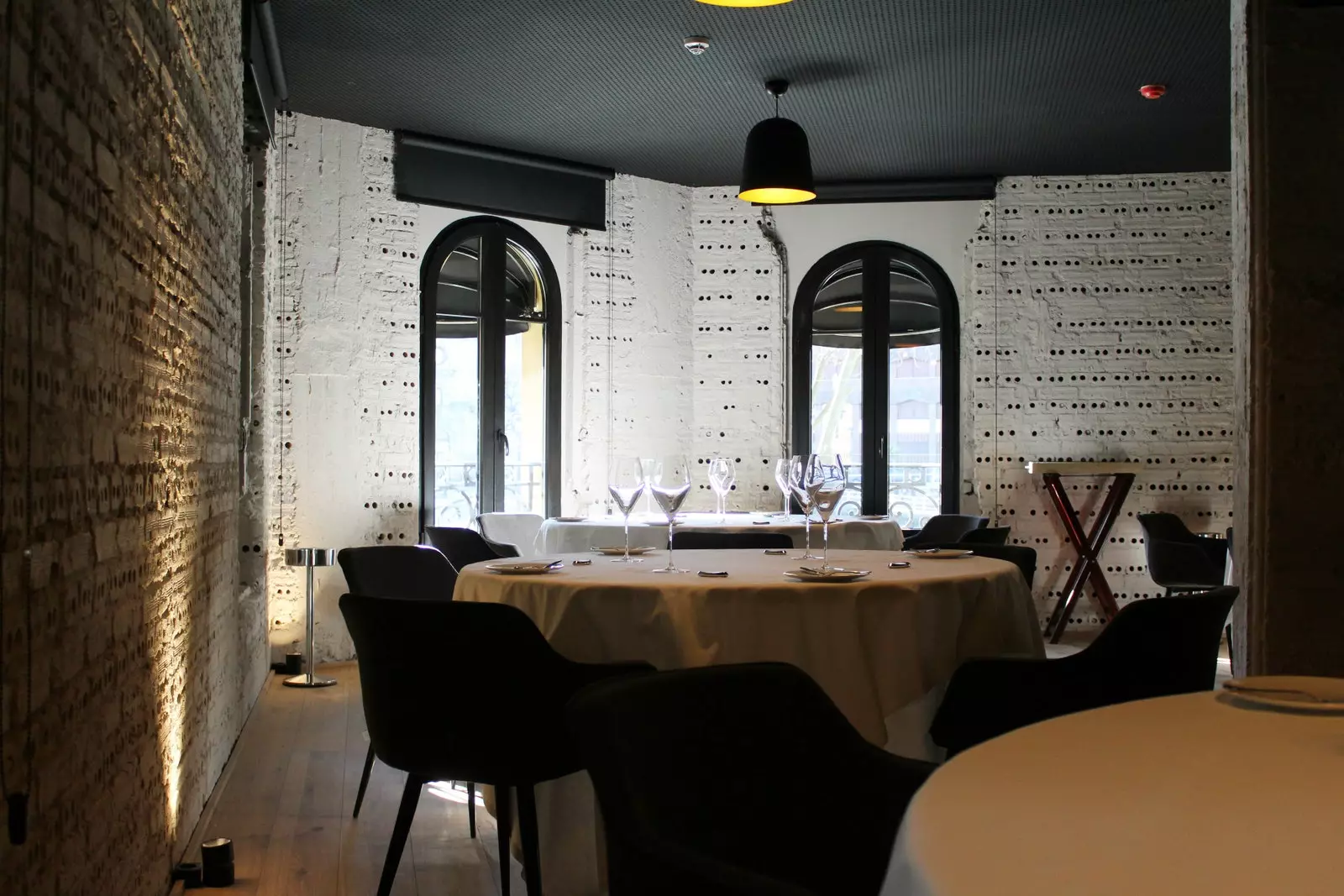
New Ola restaurant by Martín Berasategui at the Tayko Bilbao hotel.
SATURDAY
Getxo was waiting for me and I'm not one to make myself beg when the sea is pressing. But, before leaving for this coastal town, I was not going to say no to a well-soaked French toast, fried at the moment and sprinkled with success in the hotel's gastrobar Patri, where, in addition to more relaxed dishes and late-night cocktails, breakfast is served in a calmer, morning atmosphere.
A walk along the estuary. This idyllic experience with the title of a movie from another time, in fact, somehow transports you to them, because the route begins in the port of Getxo, surrounds the estuary and its cliffs and ascends the Nervión leaving behind Spectacular views of the classicist architecture buildings of Portugalete, like the train station known as La Canilla.
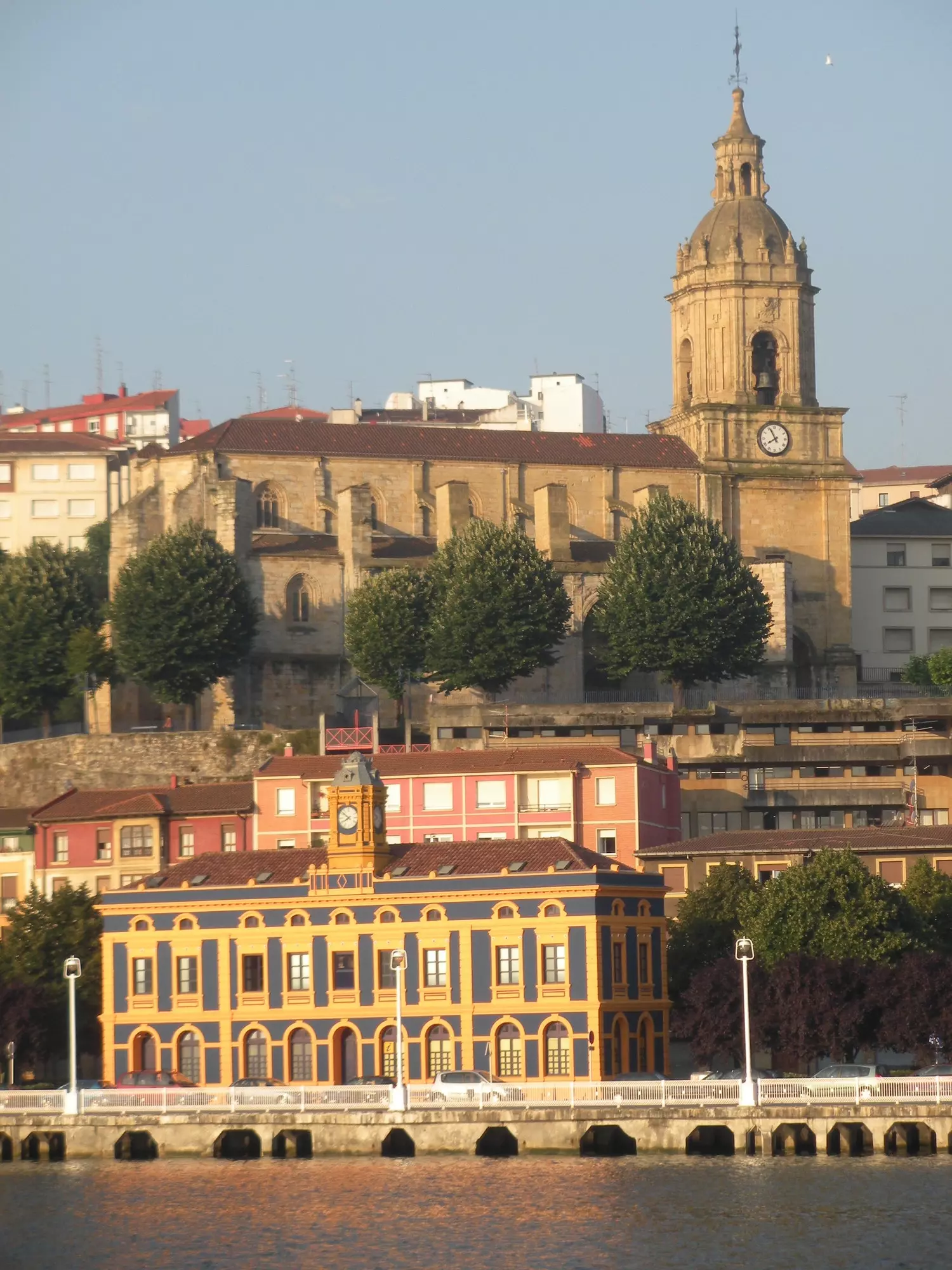
La Canilla building, in the old wharf of Portugalete.
It also passes under the Vizcaya bridge, designed at the end of the 19th century to connect the holiday resorts of the town of Portugalete and Las Arenas, in the Getxo municipality.
It was the world's first metal suspension bridge. and currently continues to move vehicles and passengers from one side of the estuary to the other.
I saw myself very seafaring – between sails and trawlers – isolated in the middle of the water from the two temptations to avoid during the trip, when suddenly Javier, skipper of the sailboat named Chicharro, was kind enough to invite me to a txacolí accompanied by anchovies from the Bay of Biscay as part of the experience. Once again, it was inevitable not to give in to this very Basque aperitif, an anticipation of what was yet to come.
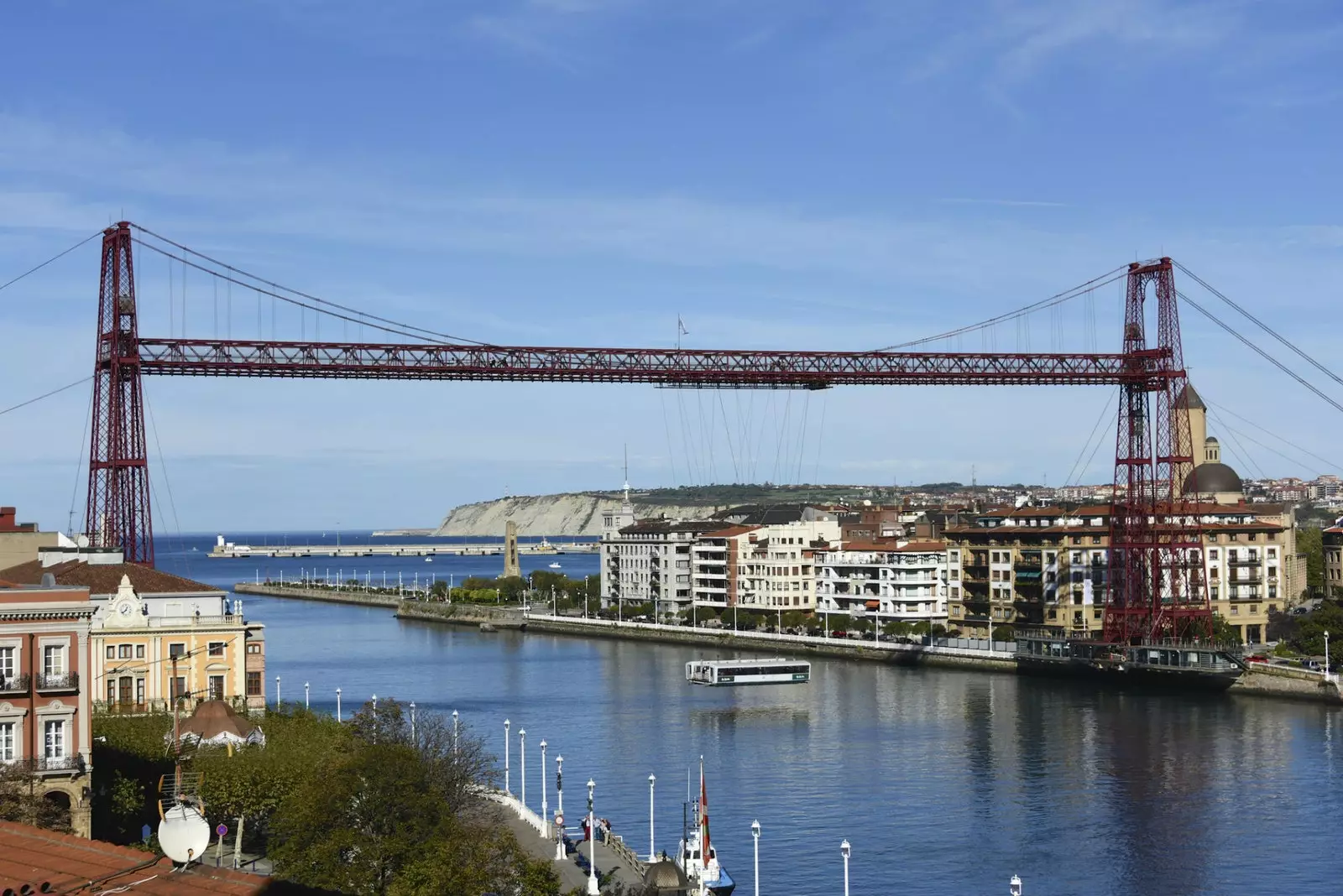
Vizcaya suspension bridge, the first of its kind in the world.
In the Tamarises Izarra restaurant _(Muelle de Ereaga, 4) _ facing the sea and next to the Ereaga beach in Getxo, Javier Izarra adds that little bit of innovation to the most traditional cuisine , articulating a menu in which the fish and shellfish are grilled over charcoal and the starters are a creative game of new Basque cuisine with which to put our senses to the test.
In the afternoon, a route through the old port of Getxo and through La Galea, an interesting walk in which to run into the Aixerrota Mill and La Galea Fort, both constructions from the 18th century. If what you prefer are sandbanks where you can spread out or where you can surf the waves of the Bay of Biscay, in the area the Wild beach and its cliffs and the unique Aizkorri stand out.
Back in the big city, it was difficult for me to be a few meters from the mine restaurant , located on a pedestrian promenade next to the estuary, and not to discover the alchemy practiced by Álvaro Garrido in his kitchen.
Here gold is the raw material that the chef locates in the Mercado de la Ribera and that, with imagination and great technique, he chisels and carves until it becomes a gastronomic jewel that we can taste in the form of a light menu, with ten dishes, or the complete one, made up of 14 steps.
The kitchen is open, with a large front bar from which to see how Álvaro improvises every day with the local product, and the room exudes a Nordic serenity enhanced by the wooden furniture and indirect lighting.
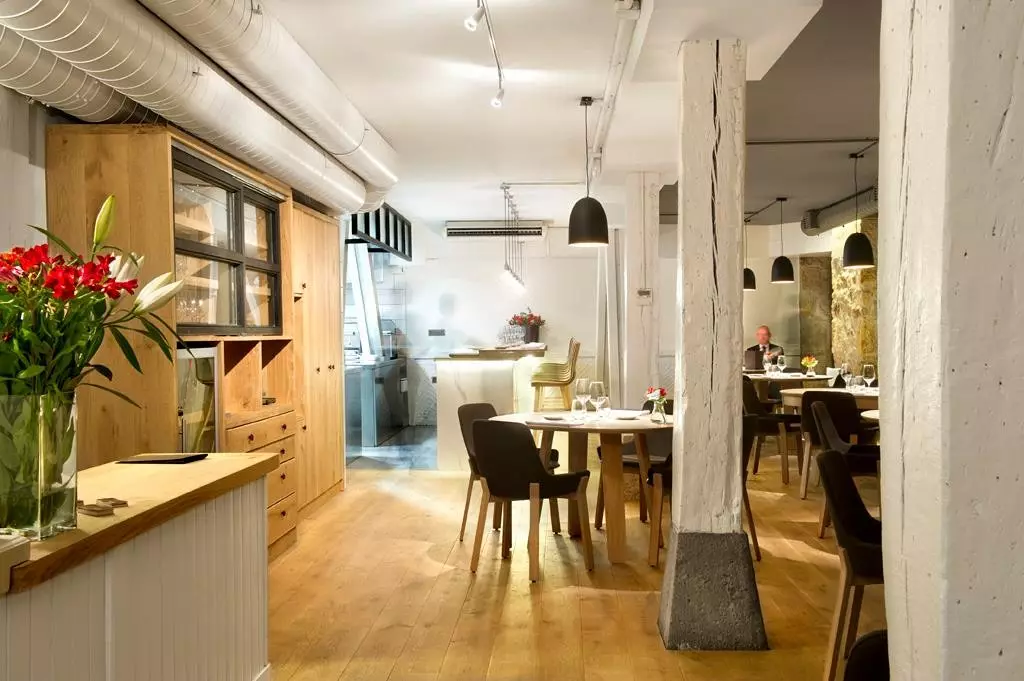
Interior of the Mina restaurant, in Bilbao.
SUNDAY
In the westernmost part of Vizcaya is the region of the incarnations, known as the cradle of Basque industry in the 19th century since in it the exploitation of the iron deposits that would supply the entire world was developed (with it, even the weapons of the American Secession War were manufactured).
A very dynamic and fun way to visit it is by contracting the Iron Rally of the company Cazaventuras, a 4x4 tour through the encartado mountains that brings you closer – going up and down slopes of up to 20 percent – to the uninhabited mining town of Alén, in Sopuerta.
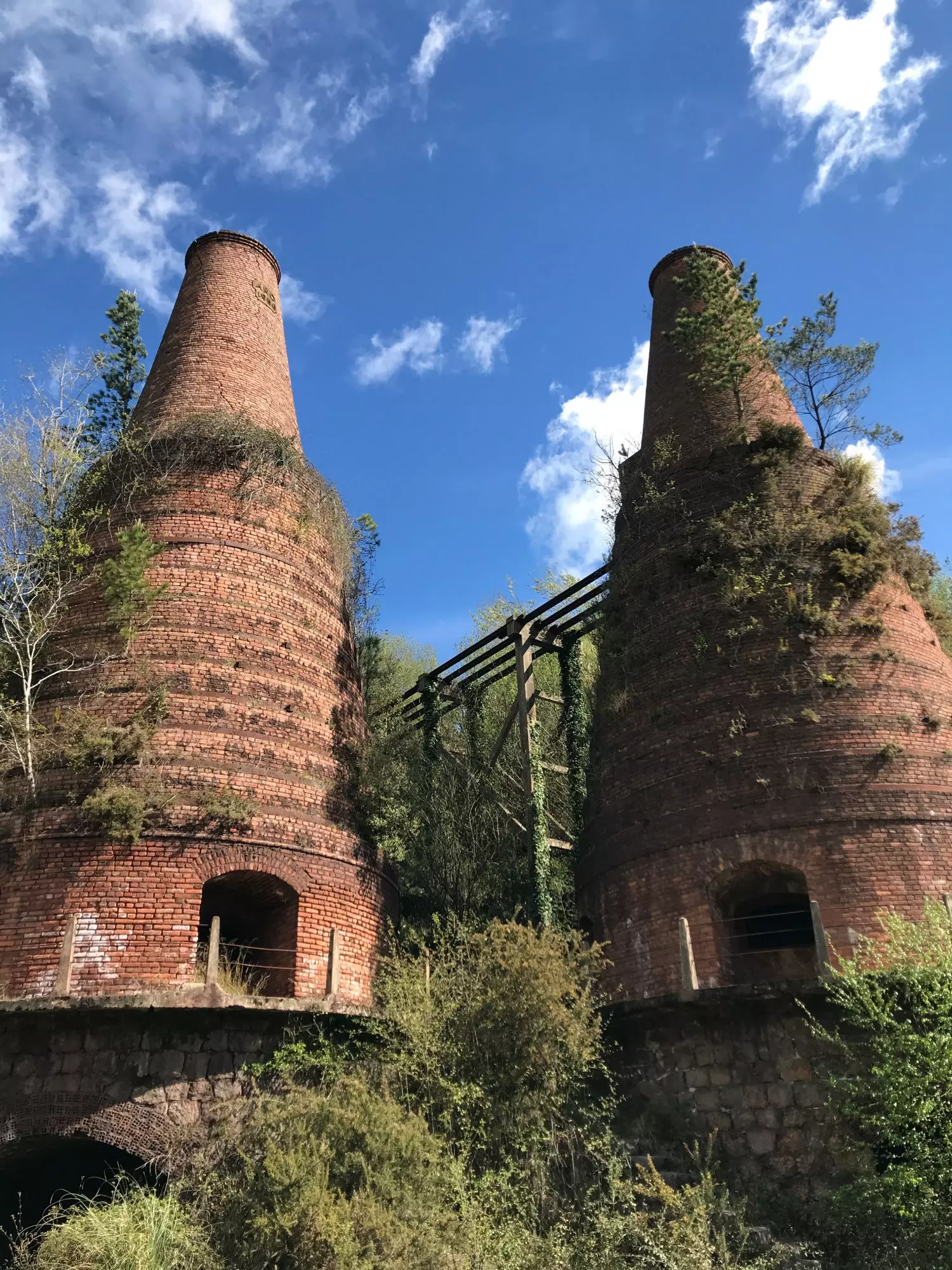
Calcination furnaces of the Catalina Mine, in Sopuerta.
Up to 2,000 people who depended directly or indirectly on mining lived there, but today is taken by the donkeys of Teresa Infante, a 92-year-old woman born right here and who lived alone in her modest little house until very recently her son forced her to go down to sleep in civilization.
They attract attention during the tour the calcination furnaces of Mina Catalina, two spectacular brick towers that appear among the lush vegetation as if it were a Basque Angkor temple.
A strategic point along the route is also interesting, with spectacular views, where they converge and the provinces of Álava, Burgos, Cantabria and Vizcaya are twinned.
Las Encartaciones is a region dotted with natural elements, such as caves with unique stalactites, and buildings as peculiar as Indian houses or medieval towers.
This is the case of Loizaga Tower, built in the 14th century during the flag fights. This reconstructed architectural complex that has walls and even a moat with a drawbridge also houses the largest collection of Rolls-Royces in Europe (and the only one with all the models made between 1910 and 1998). It is possible to visit it on Sunday mornings, but also to rent the idyllic property to celebrate weddings and events.
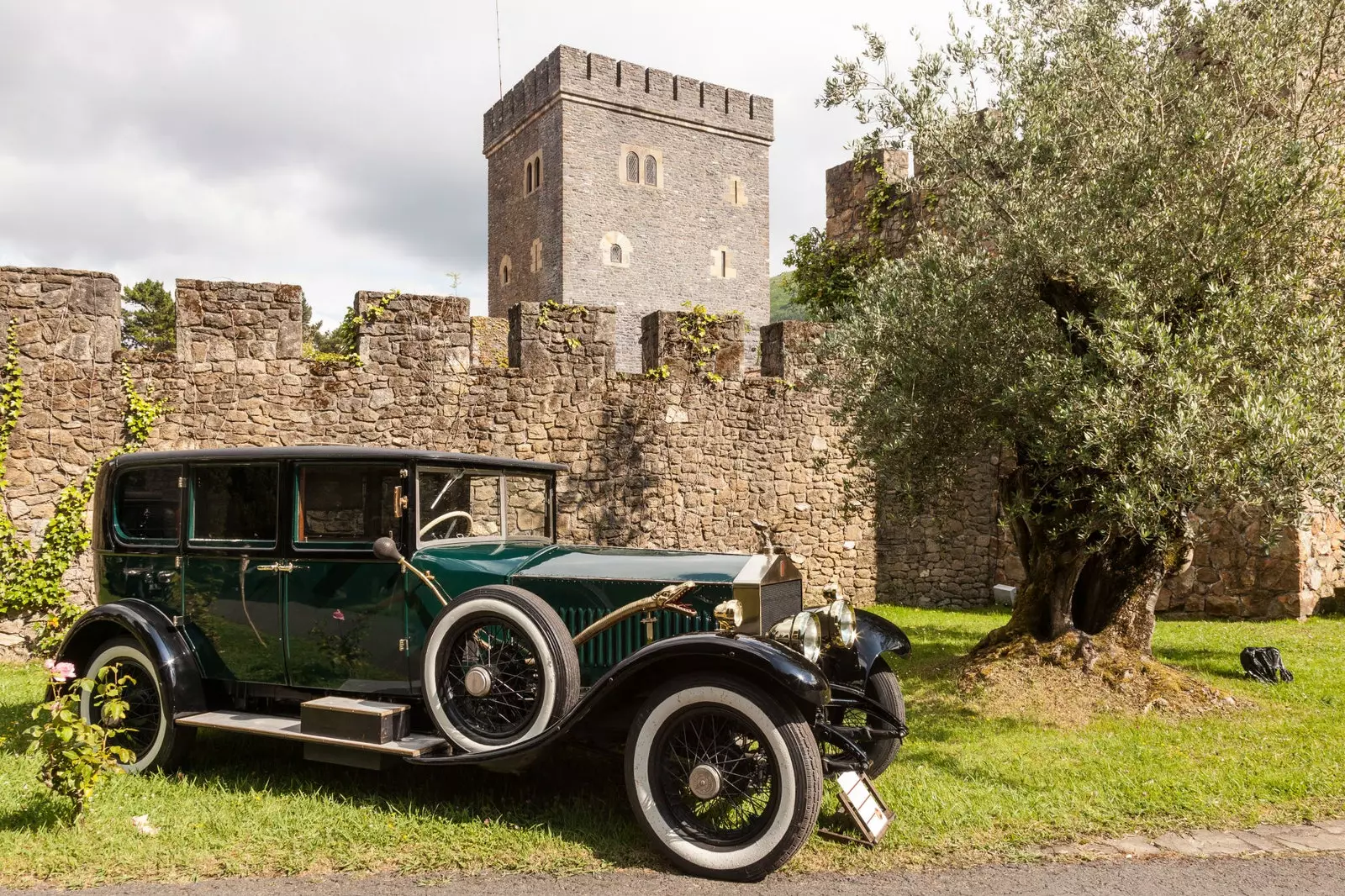
Torre Loizaga, in Las Encartaciones, the largest collection of Rolls-Royce in Europe.
After spending a very car-oriented morning, it was time to say goodbye to Vizcaya, but not before saying goodbye to its gastronomy in style. Indeed, by now I had thrown in the towel: if the best of Basque cuisine wanted to lure me into its jaws, I wasn't going to be the one to resist.
The three Michelin star restaurant ** Azurmendi ** is located in the town of Larrabetzu, just 15 minutes away from Bilbao. The chef and owner of it, Eneko Atxa, was waiting for me there to show me with his excellent cuisine that it is possible return to the origin with a proposal as current and creative as it is linked to the environment. In addition, the restaurant has been chosen for the second consecutive year as the most sustainable in the world by The World's 50 Best Restaurants.
The experience, made up of more than twenty steps in total, is so complete that it begins with a picnic in its interior garden, continues with a visit to the kitchen and a new space called the greenhouse, to finish in the room in front of a sublime menu I still remember with nostalgia the tear peas and grilled farmhouse egg, the red mullet in two services and the cod stew.
I can assure you, without an iota of regret, that in the face of so much culinary work of art I did not miss for a moment not having set foot in the Guggenheim all weekend.
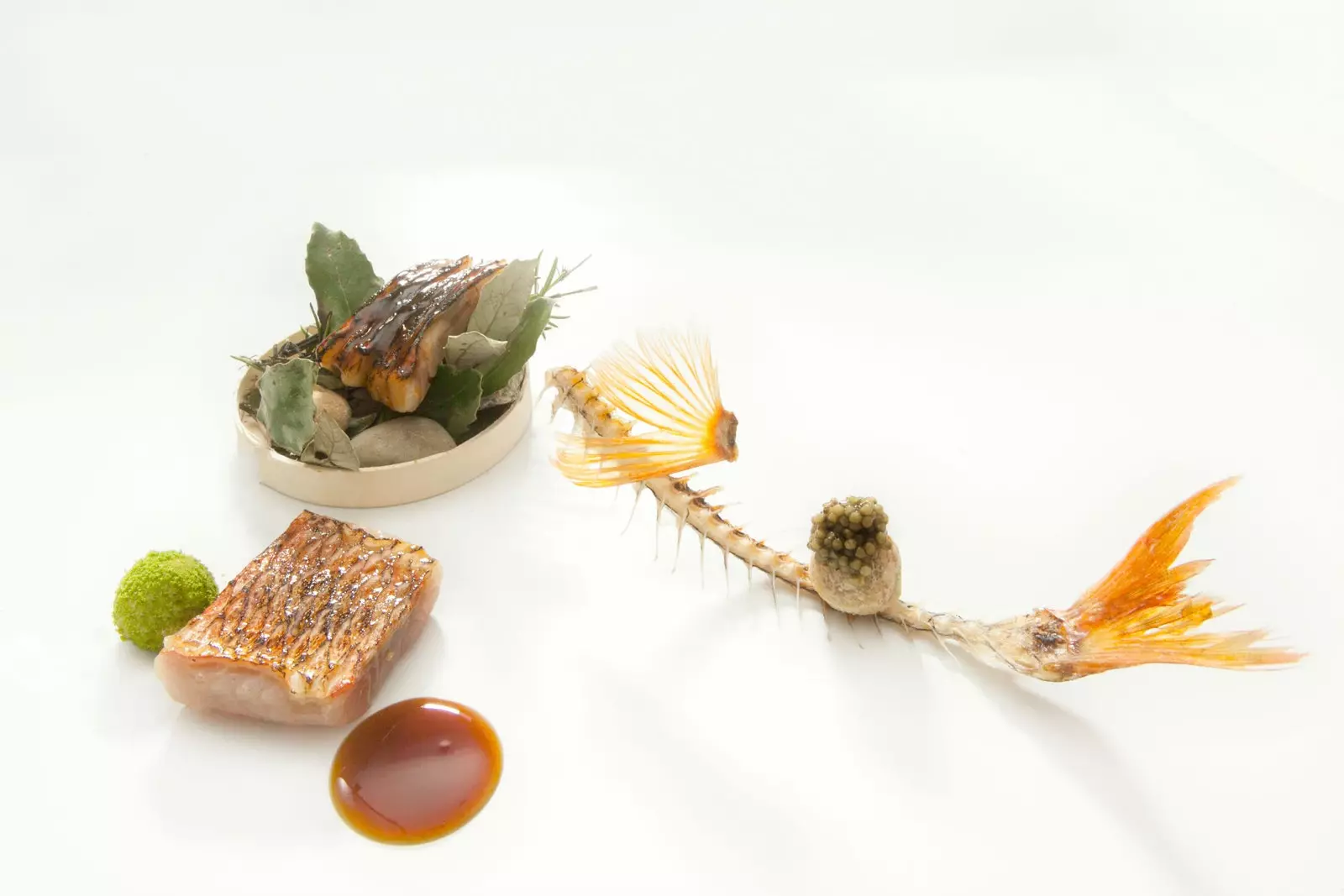
Red mullet in two services at the Azurmendi restaurant.
